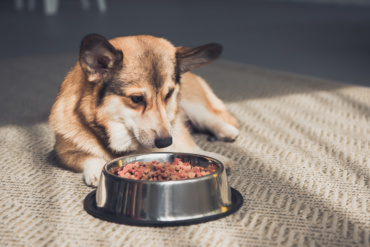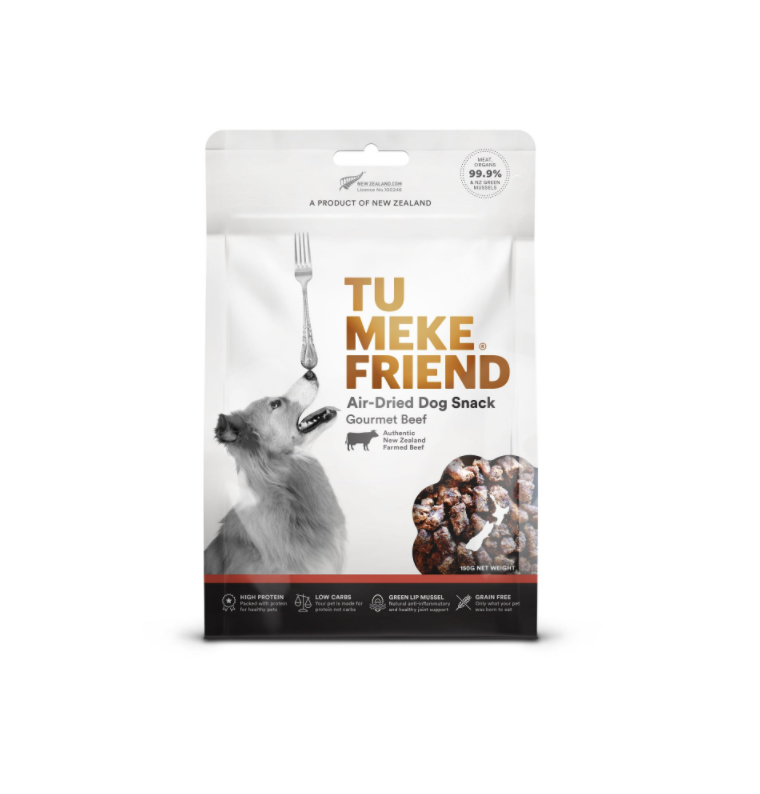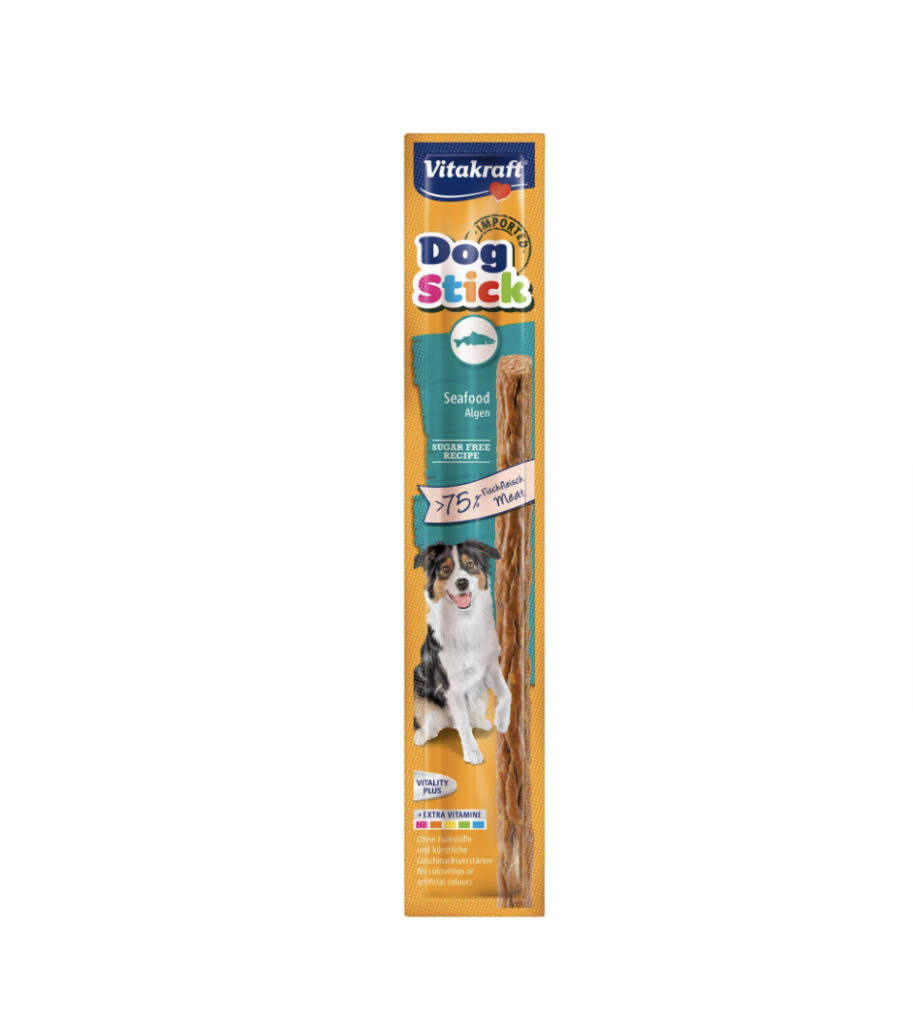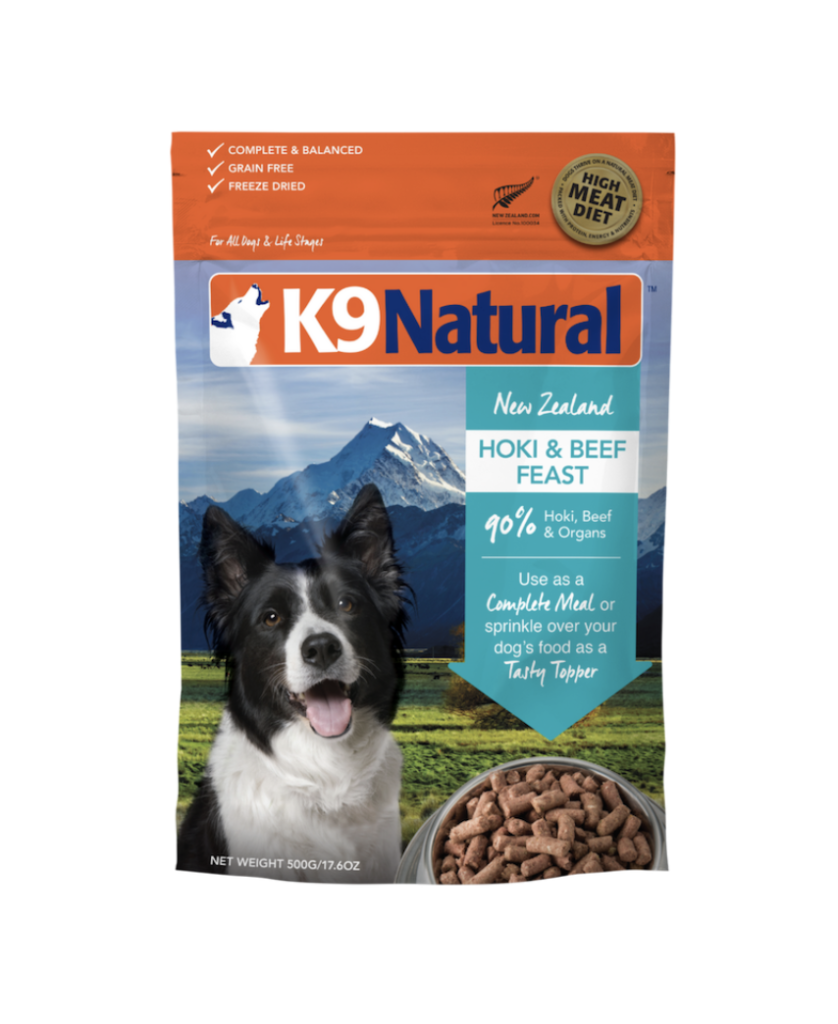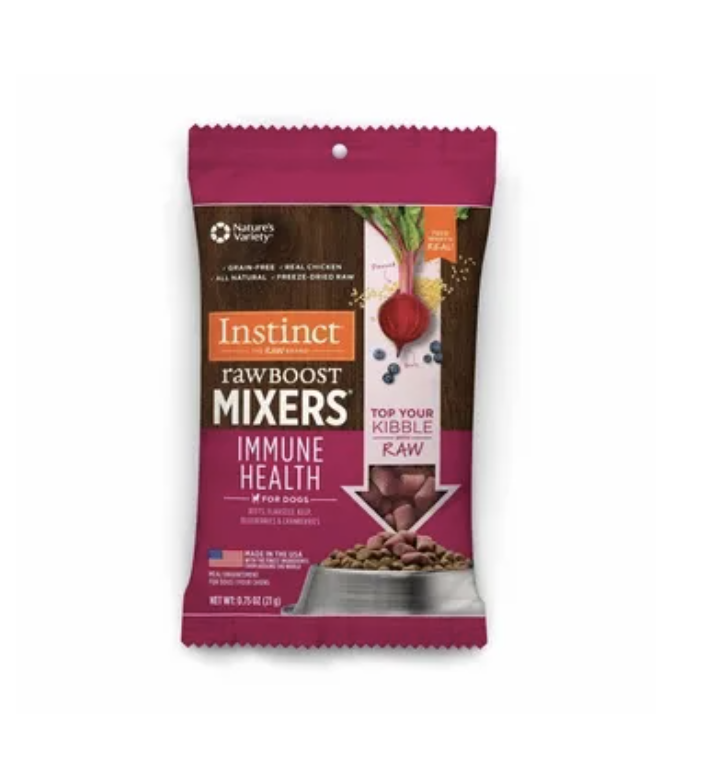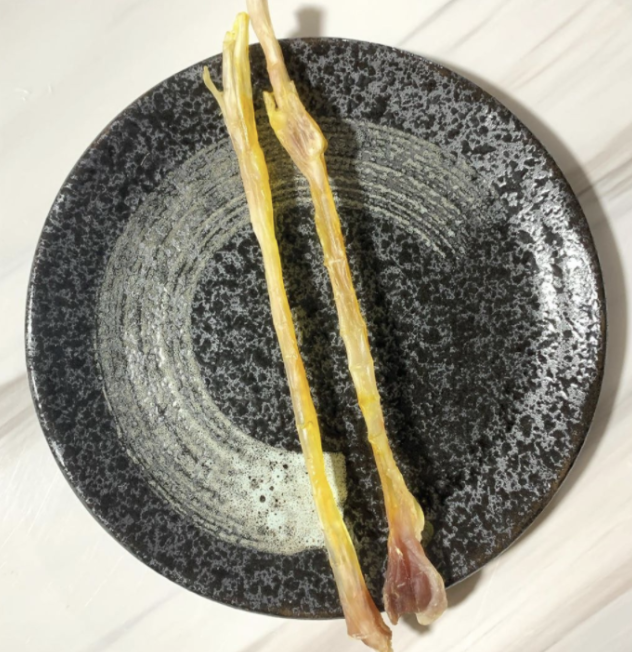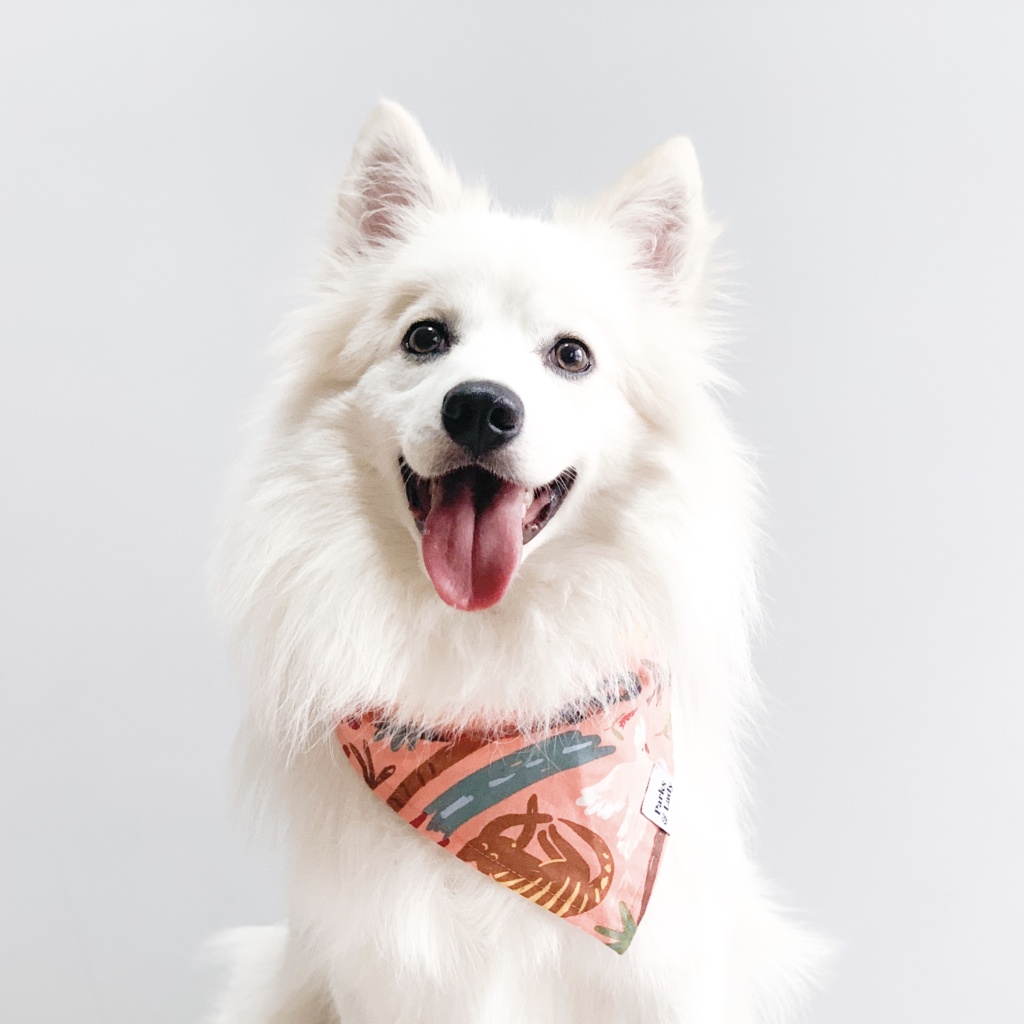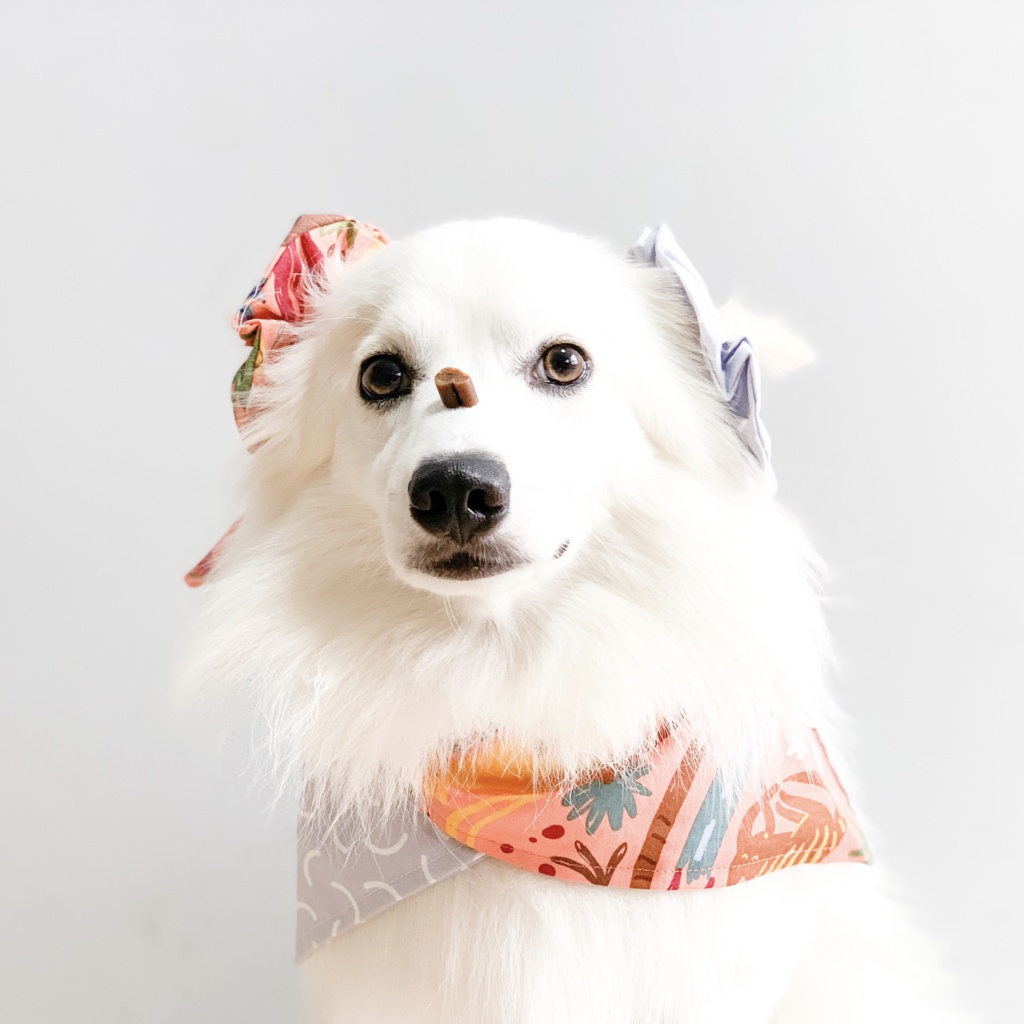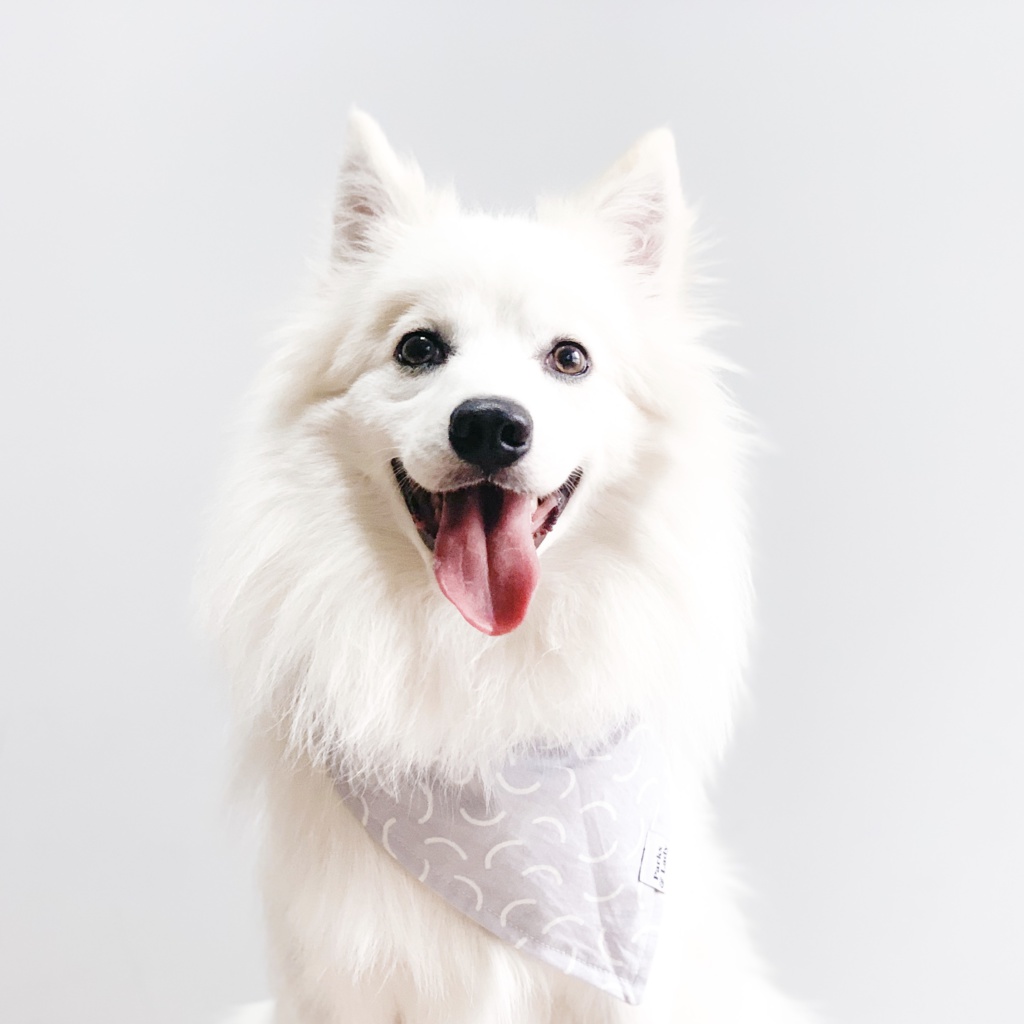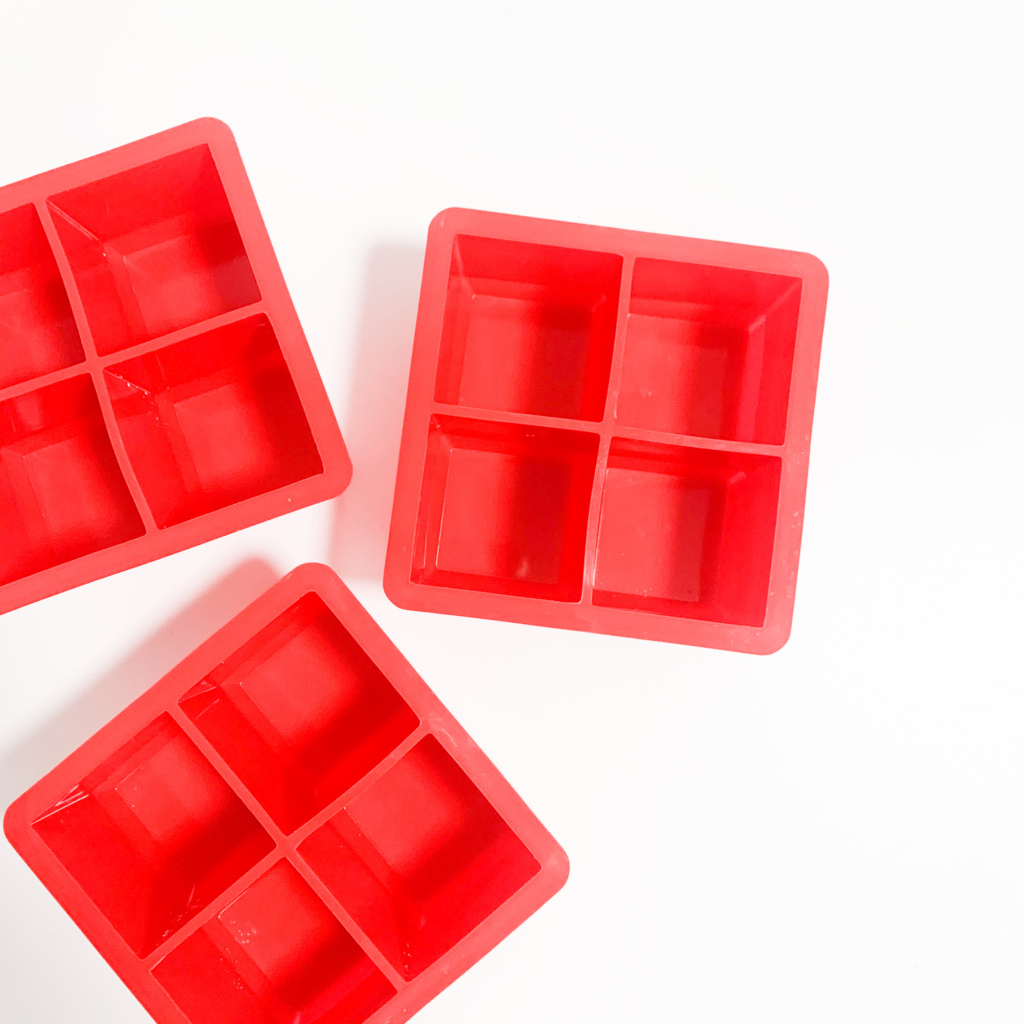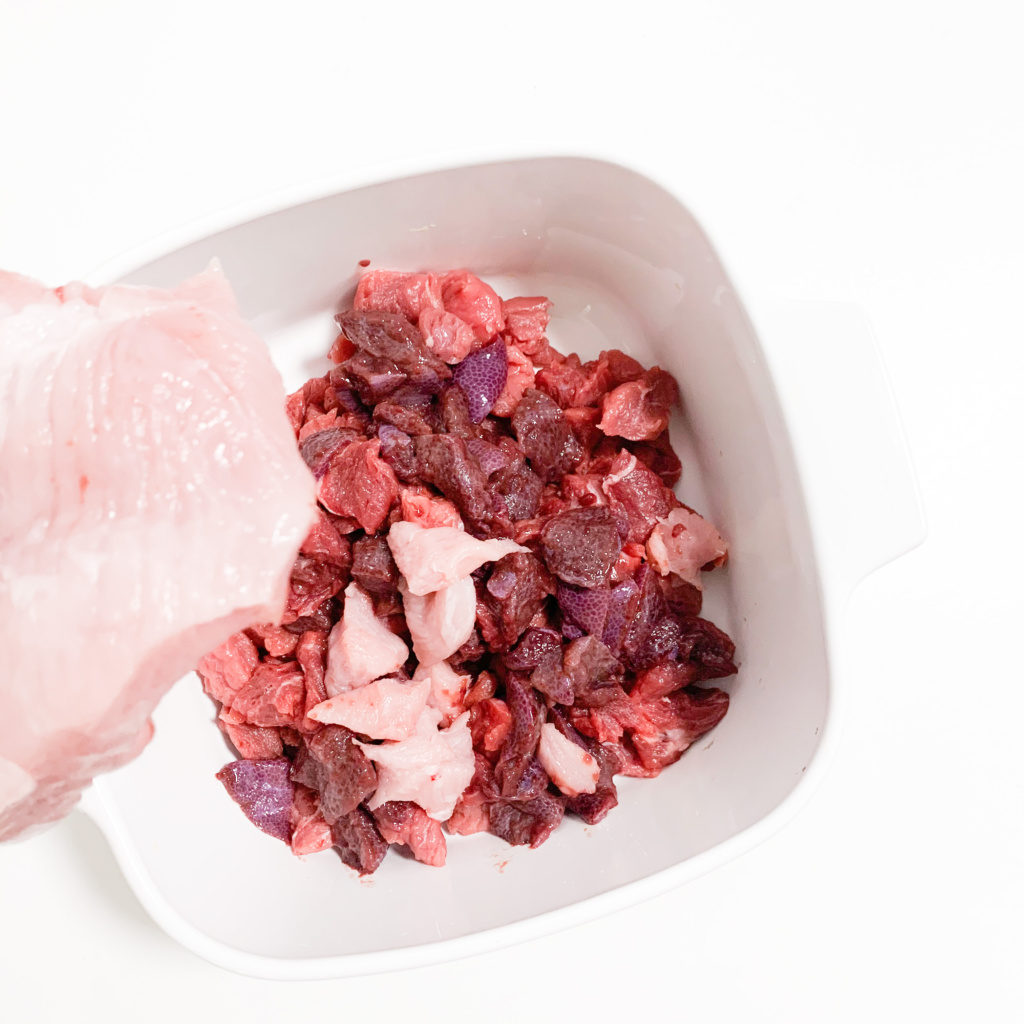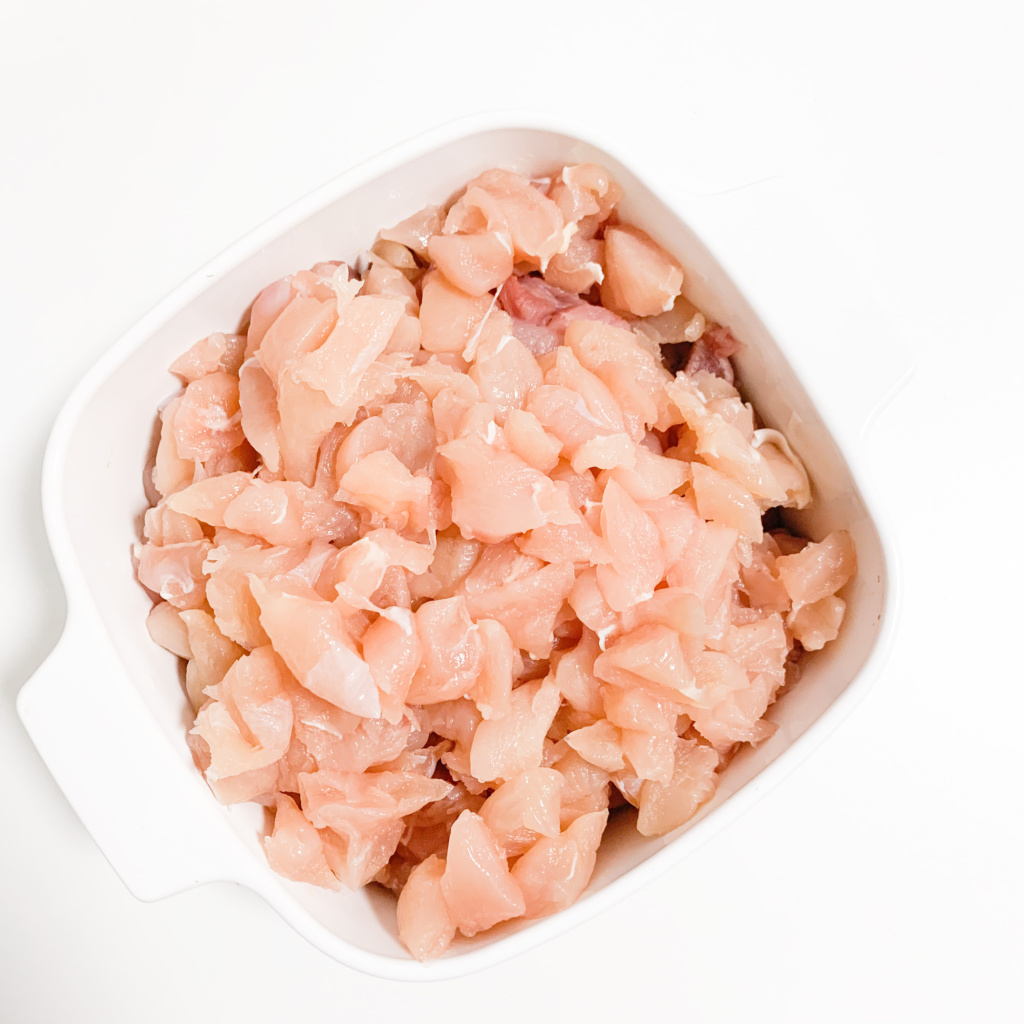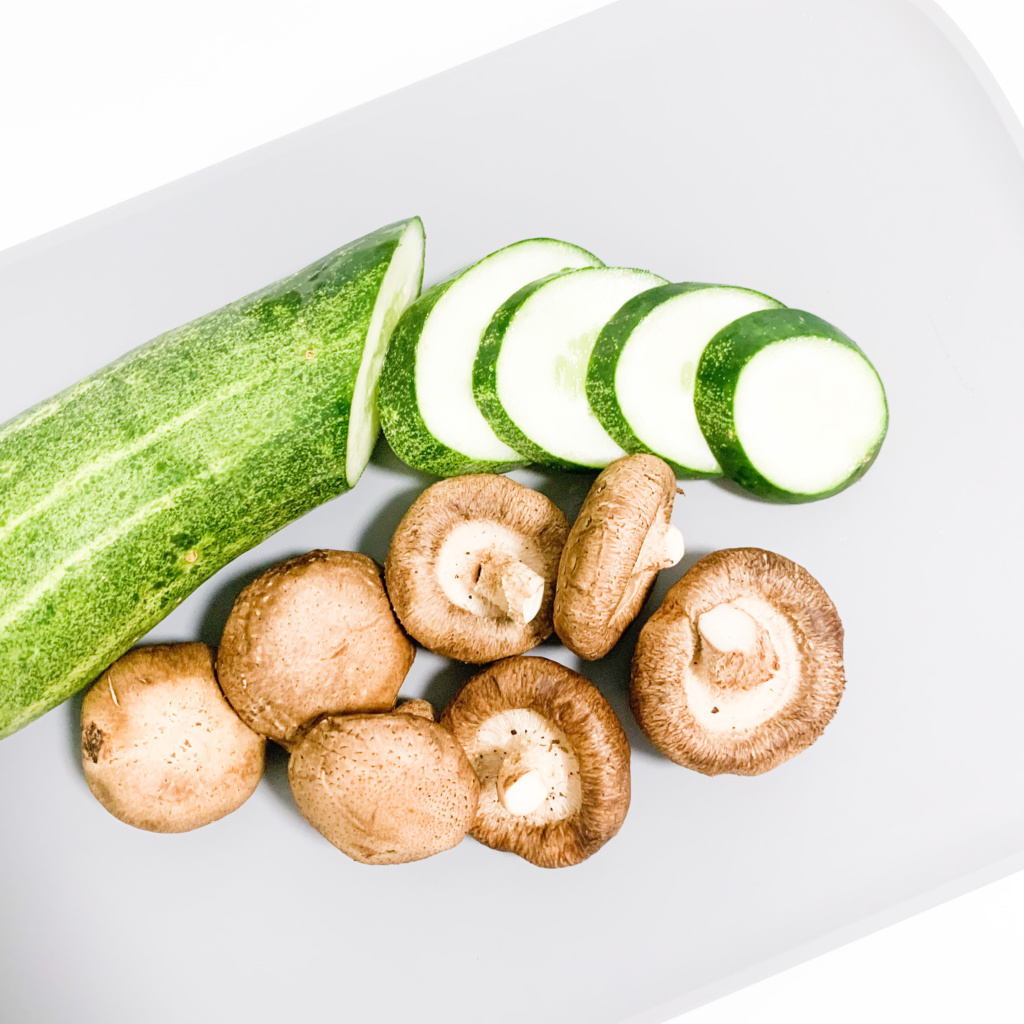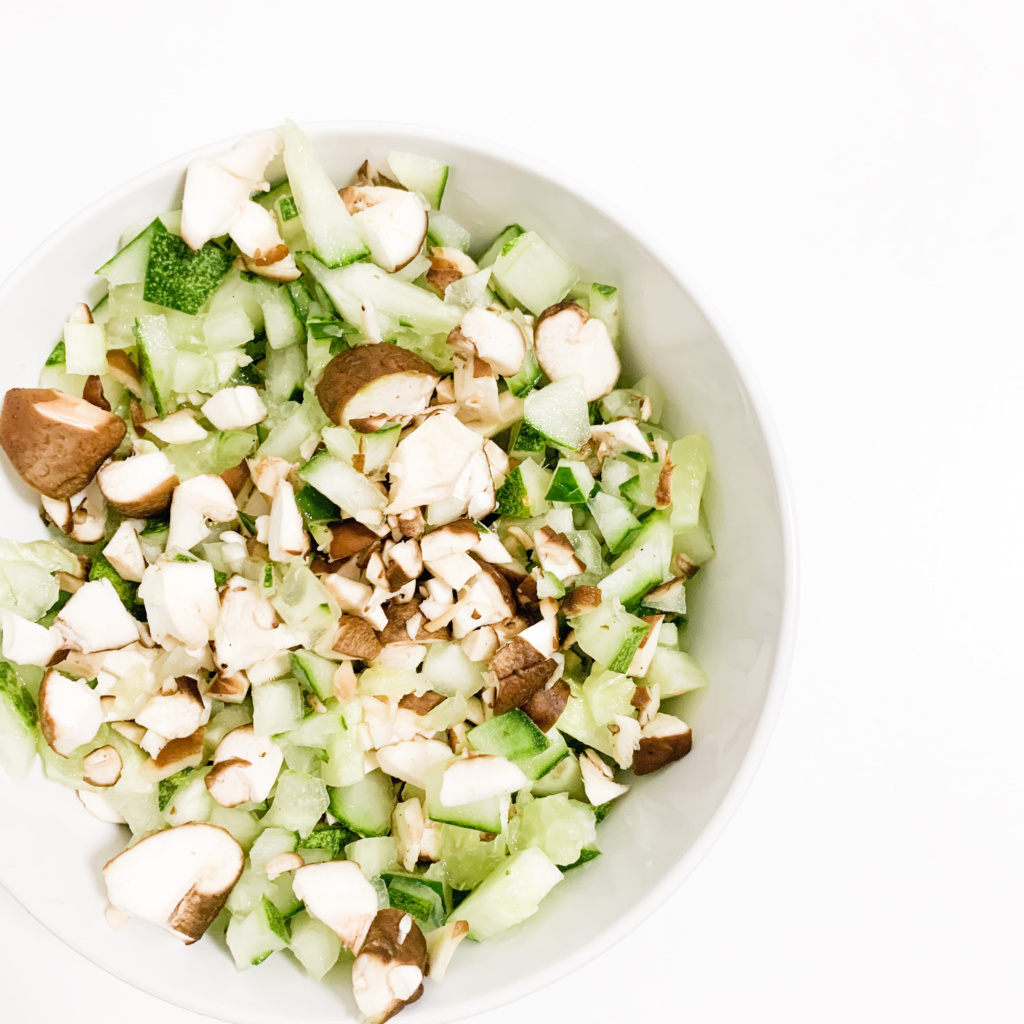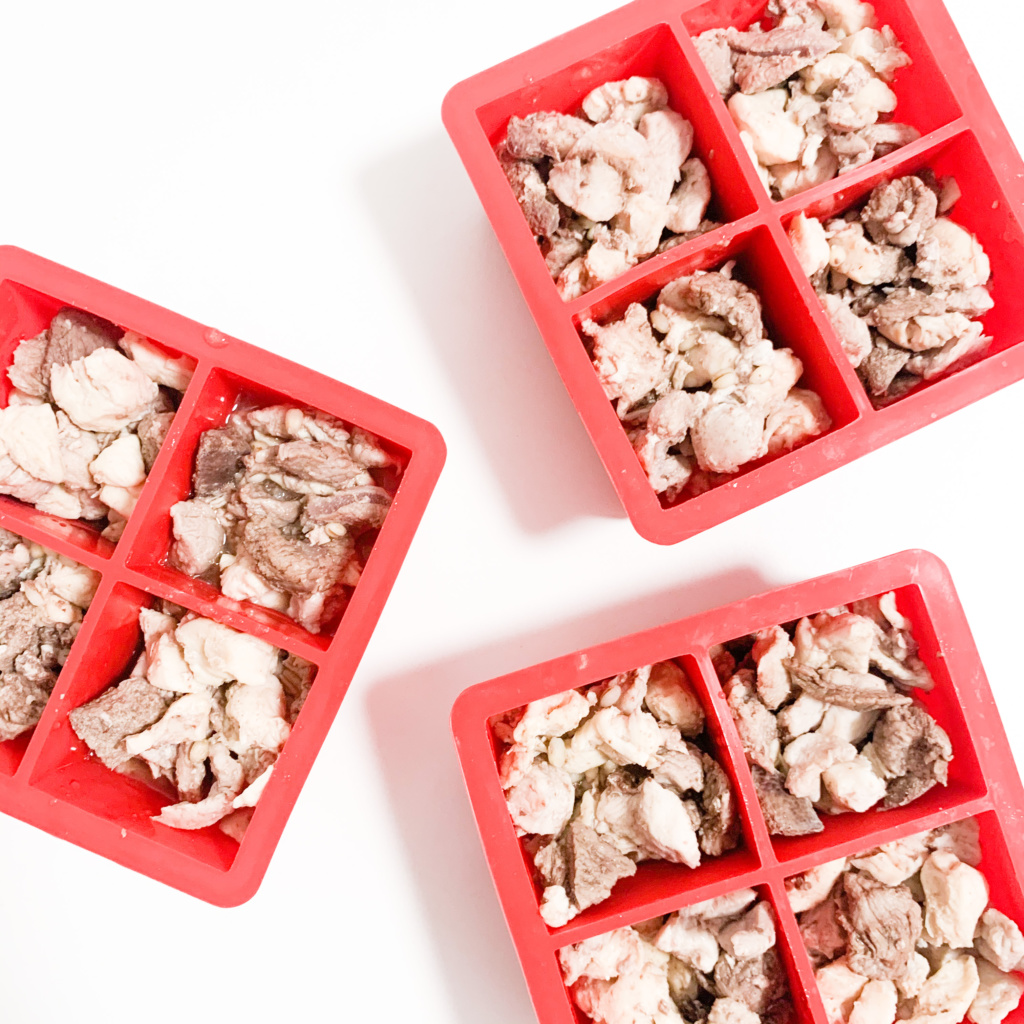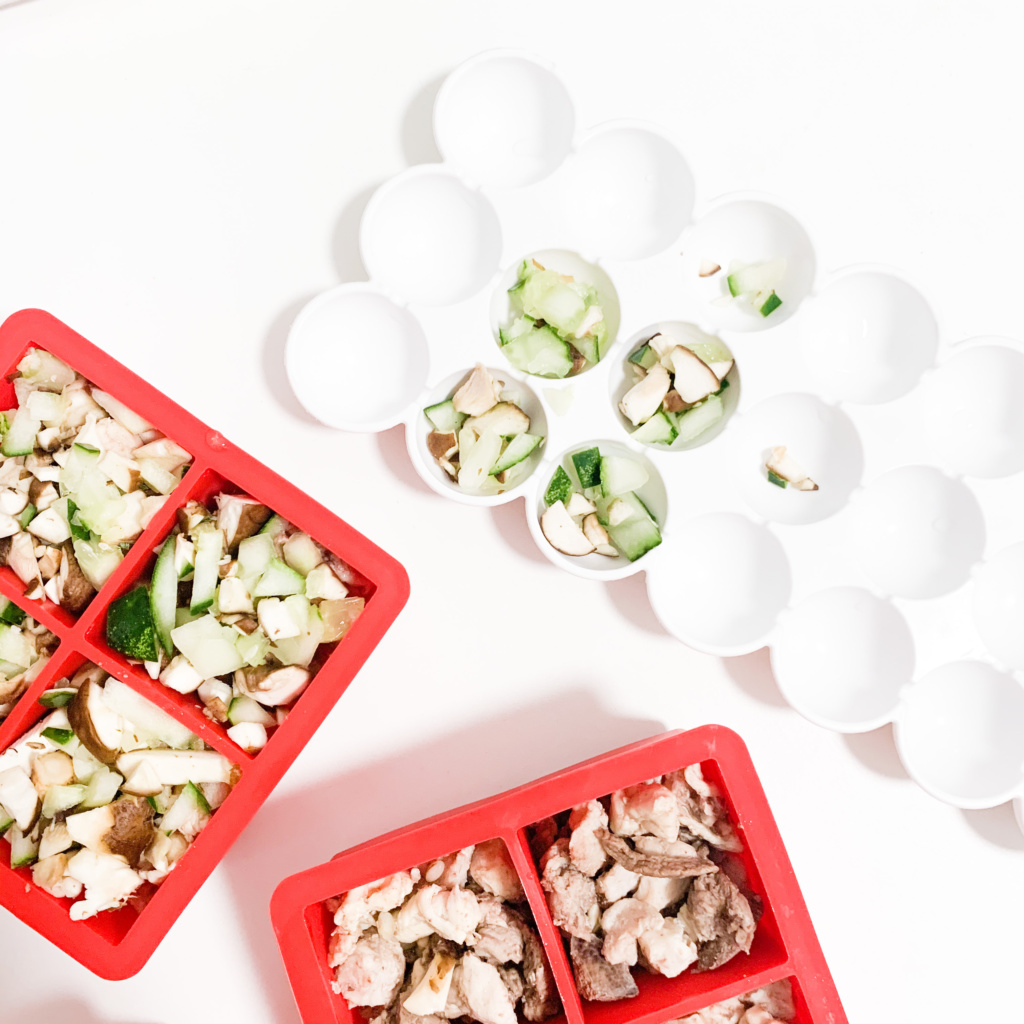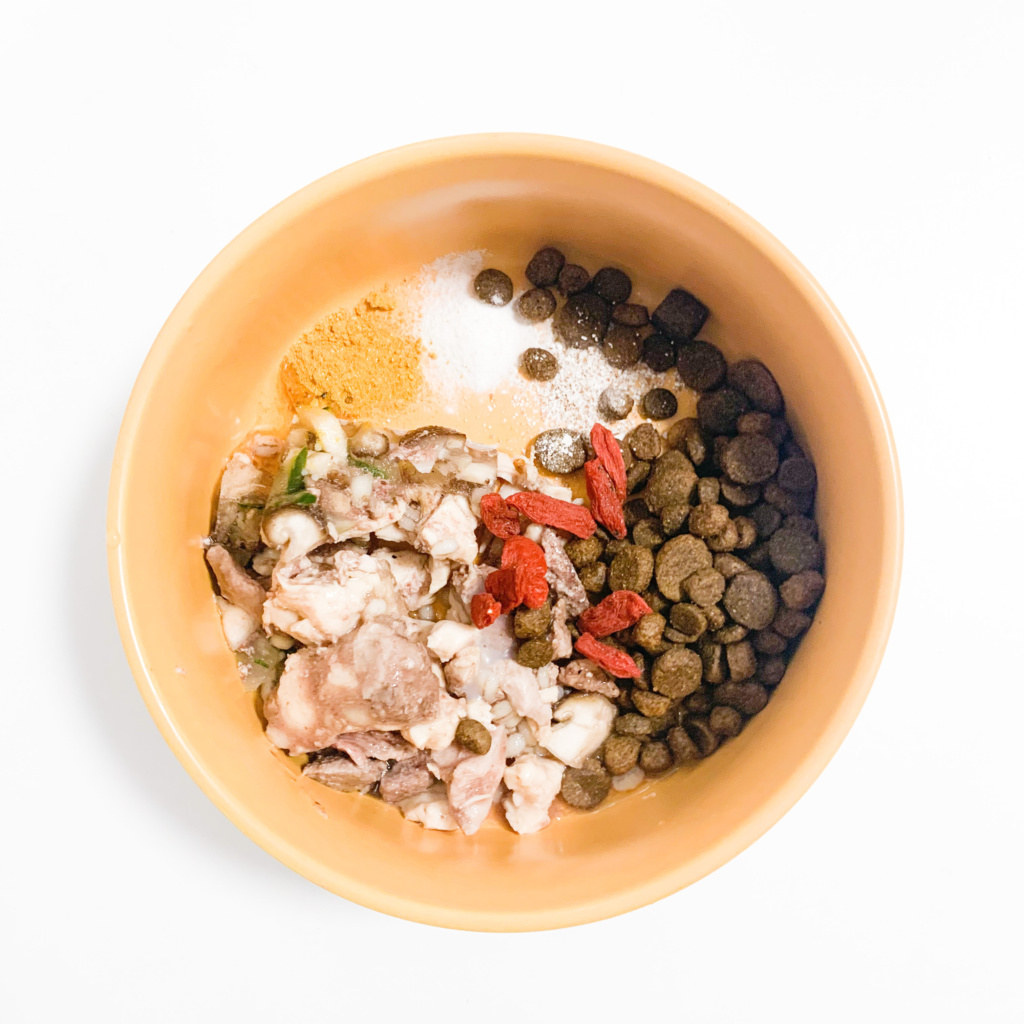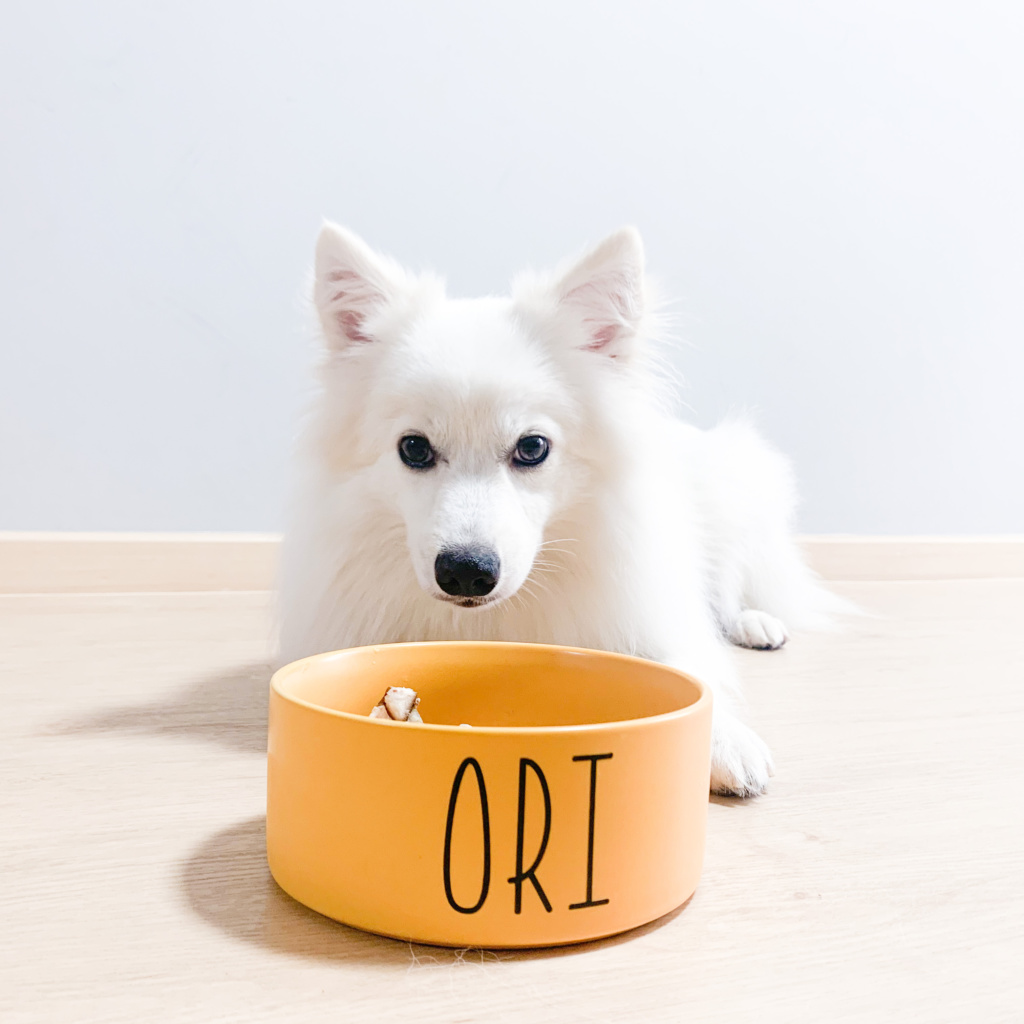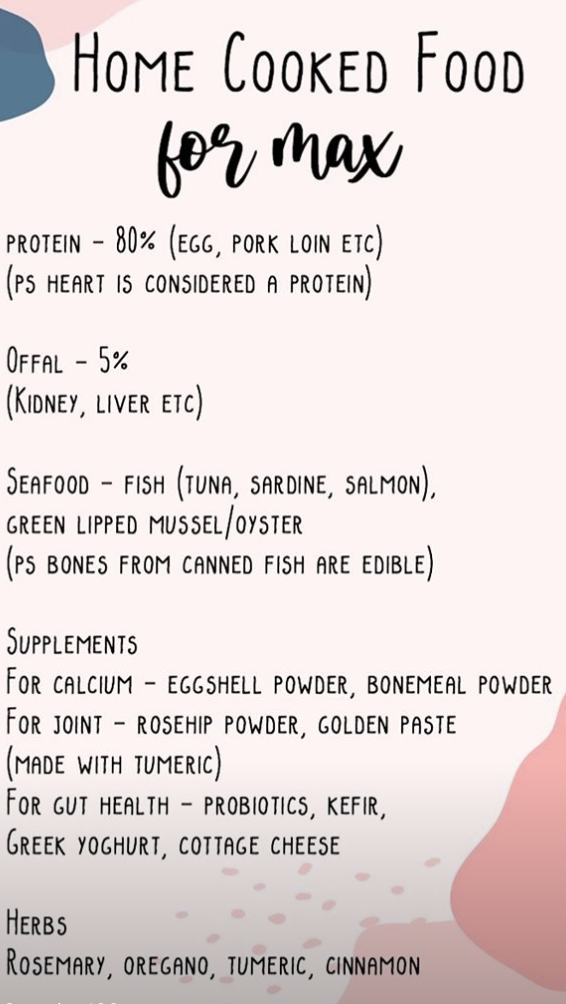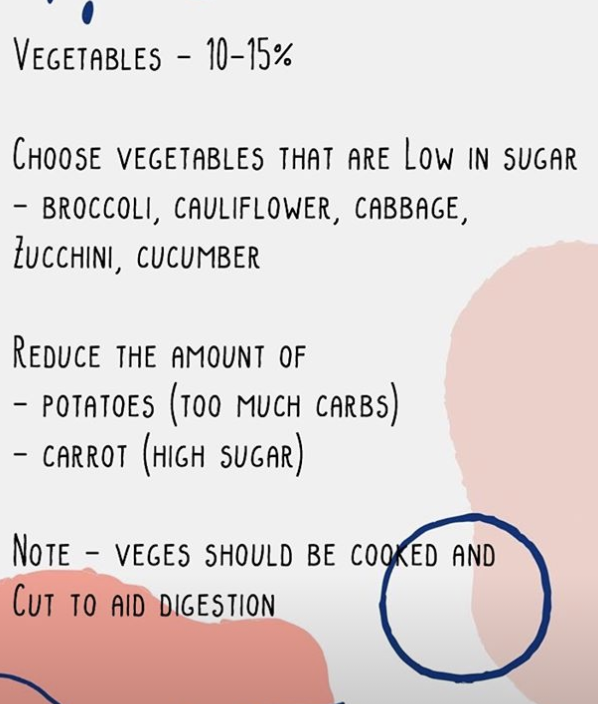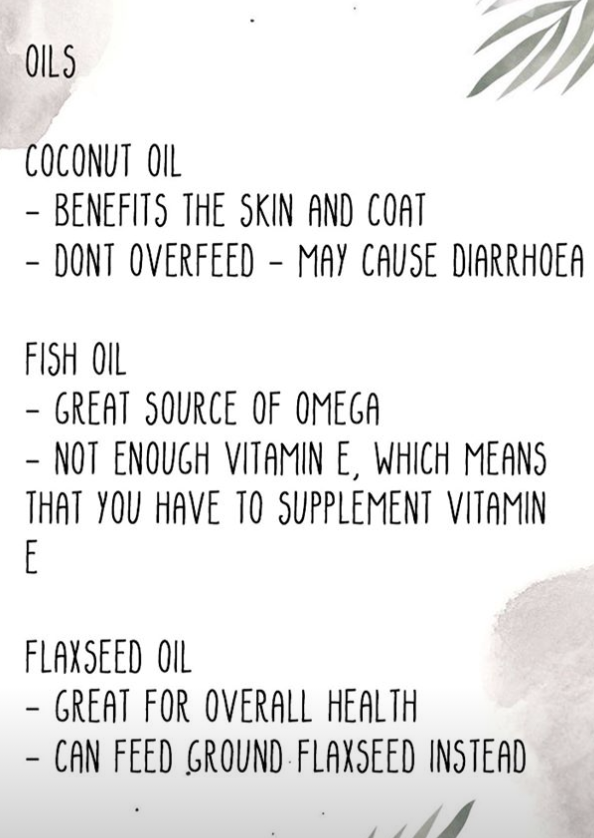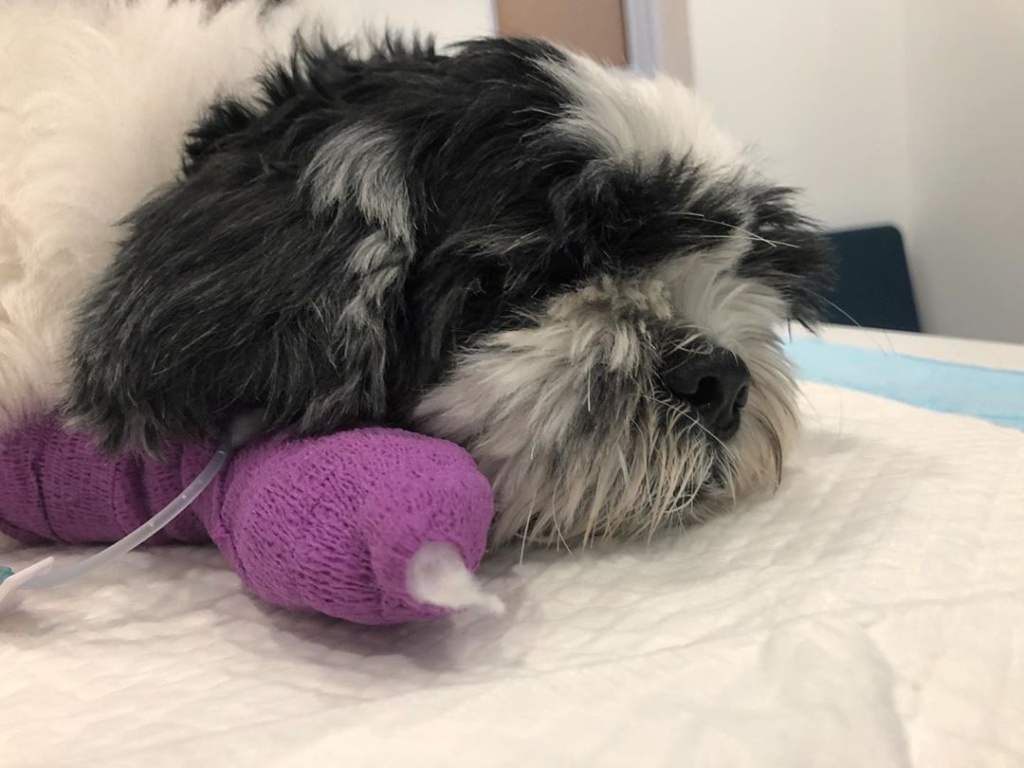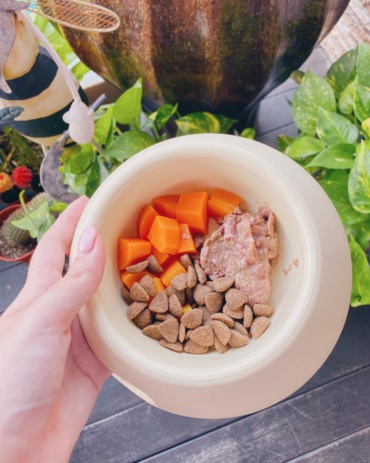This article is brought to you by Pets Club SG.
Pet foods come in various shapes and sizes. Our furry friends may be blessed with an array of options, but for our pet owners, it can be daunting to choose the ‘perfect’ one, faced with countless brands out there claiming to be the best for your pets.
Why is premium better?
Pet foods that are certified ‘complete and balanced, containing all the essential nutrients, vitamins, and minerals to meet your pets’ daily nutritional needs. When picking premium quality foods, you will see that they are often formulated functionally to reduce the risk of stomach upsets, vomiting, and diarrhea.
Additionally, they are exceptional value for money! You get what you pay for, and paying for better quality food equates to paying for nutritionally richer, cleaner, and more effective formulas for your pets to absorb nutrients effectively for their long-term health.
Lesser quality foods are often made with fillers like grains, weeds, straw, low-grade fibers, etc. All these ingredients are bad for your pet’s health. They provide almost no nutritional value for your furry companion. In the long run, they’ll be chronically deprived of the number of nutrients they need.
Poor quality ingredients can lead to:
- Increased shedding
- Intermittent vomiting
- Gassiness
- Chronically loose stools
- Obesity
What is high-quality?
High-quality pet food consists of unrefined, minimally processed foods like vegetables, fruits, whole grains, healthy fats, and plenty of proteins. It should not contain any by-products, fillers, or gum — only the good stuff!
These diets may contain natural supplements like omega-3 fatty acids and omega-6 fatty acids. The best part about these diets is that they’re rich in nutrients. Hence, it is important to check the labels for the ingredients list, because when it comes to pet food, quality is everything.
NUTRIPE Pure’s signature ingredient, green tripe, is a prime example of high quality.
What makes NUTRIPE premium?
NUTRIPE’s products only contain free-range tripe from New Zealand and Australia, working with ethical and sustainable farms to ensure the quality of their ingredients. They are gently rinsed with cold water, unprocessed, and unbleached, retaining their rich nutrients.
Green tripe is a premium superfood for cats and dogs as it contains an impressive range of proteins, vitamins, minerals, essential fatty acids, and digestive enzymes, designed to support your pets with a healthy gut microbiome which is essential to their well-being!
This is why NUTRIPE Pure specializes in maximizing the benefits of green tripe as their signature ingredient. A healthy gut accounts for 70% of their immune system, and with a healthy gut microbiome, your pets’ health is in good hands.
Available for both cats and dogs, NUTRIPE Pure is designed to make a difference in your furkid’s health and diet. So what’s stopping you from trying out some premium food? Try it out today!

Things to note
There are no strict rules when it comes to commercial pet foods as it comes in various forms, dry and wet. However, it is important to read the label, and check the ingredients listed. You should find out where the products are made, including the source of their ingredients. Ethically sourced ingredients guarantee the quality of the product!
So, opt for higher quality products because your pets do not just deserve the best, they need it!

